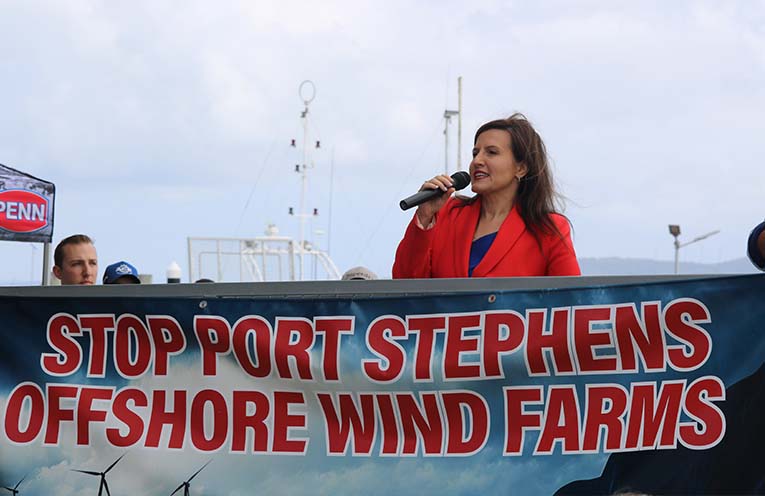
NSW One Nation leader Tania Mihailuk has taken Environment Minister Penny Sharpe to task in parliament over perceived inadequacies of legislation governing the development of solar farms in rural areas.
Ms Mihailuk addressed the NSW Legislative Council on 26 September, questioning Ms Sharpe on the government’s planning framework for renewable energy projects and making specific reference to a solar farm slated for Gresford Road, Mitchells Flat.
 Advertise with News of The Area today.
Advertise with News of The Area today.It’s worth it for your business.
Message us.
Phone us – (02) 4981 8882.
Email us – media@newsofthearea.com.au
“In 2023 the Minister publicly committed to fast-tracking renewables, and introduced and passed net zero targets for New South Wales to support those stringent targets,” Ms Mihailuk said.
“Given that foreign-owned energy developers are taking advantage of an unregulated solar panel planning system in New South Wales, and are arm‑twisting vulnerable individuals and rural residential communities to accept the industrialisation of their precious land for solar panel factories, such as Mitchells Flat in Singleton, why has the Minister not also ensured that the Government fast-track an appropriate and transparent legislative framework for solar panels, incorporating appropriate oversight measures to ensure a thorough contractual planning legal regulatory framework to stop unscrupulous cowboy behaviour by those energy developers?”
In response to the question, Ms Sharpe said “a range of things are considered, and all of them are stringent” in planning for renewable energy projects.
“The issues relating to solar farms are worked through under the planning system,” she said.
“Infrastructure development is subject to the same process, whether it is a building, wind farm, solar farm or feedlot.”
Depending on the size of a project, renewable energy proposals are considered under various parts of the Environmental Planning and Assessment Act 1979.
Under State Environmental Planning Policy (Planning Systems) 2021, renewable energy proposals such as solar farms with a capital cost of more than $30 million (or $10 million in an environmentally sensitive area) are considered to be State Significant Development.
Ms Sharpe said landholders being approached for discussions around renewable energy development on their properties was standard practice.
“There is community consultation as well as input from a range of government departments,” she said.
“That is standard; there is nothing new or different.
“People are talking to landholders about options for putting solar panels on their farms or hosting wind towers if they wish to.
“Private landholders have the right to do what they want to with their land.”
Speaking in parliament later that day, Ms Mihailuk again accused energy developers of attempting to “arm‑twist vulnerable farmers and landholders to lease their land for very small amounts of money”.
“There are examples of five‑by‑five‑year agreements at $40,000 a year for something like 500 hectares of land, which is outrageous, yet people sign up to those contracts,” she said.
“The energy developers know that they can do it because there is no framework in place to stop them.”
Ms Mihailuk expressed sympathy for residents in Mitchells Flat, where a 90 megawatt (MW) capacity solar farm has been proposed.
According to the project proponent, Elgin Energy, development approval (DA) is being sought for the development, which would include the installation of around 177,000 ground mounted solar panels.
The project website lists “relatively flat and clear land with few environmental constraints” as a reason for the selection of the Mitchells Flat site.
If approved, Elgin says the solar farm can create enough clean electricity to power around 37,500 NSW homes, while creating around 200 jobs during construction and between one and three during the proposed 40-year operational life.
